
About Hinax
We deal in all kinds of Surgical, Medical, Aesthetic Equipment's, Nutraceutical And Pharmaceutical Products.
Who we are?
For 6 years, Hinax Research Lab has been your trusted partner, delivering quality medical equipment with precision.
History
Founded in 2019, Hinax Research Lab provides high-quality, innovative surgical solutions that empower healthcare professionals worldwide.
Our Mission
At Hi-Nax, we enhance the art and science of surgery by delivering exceptional surgical and medical solutions that empower surgeons and improve patient care.
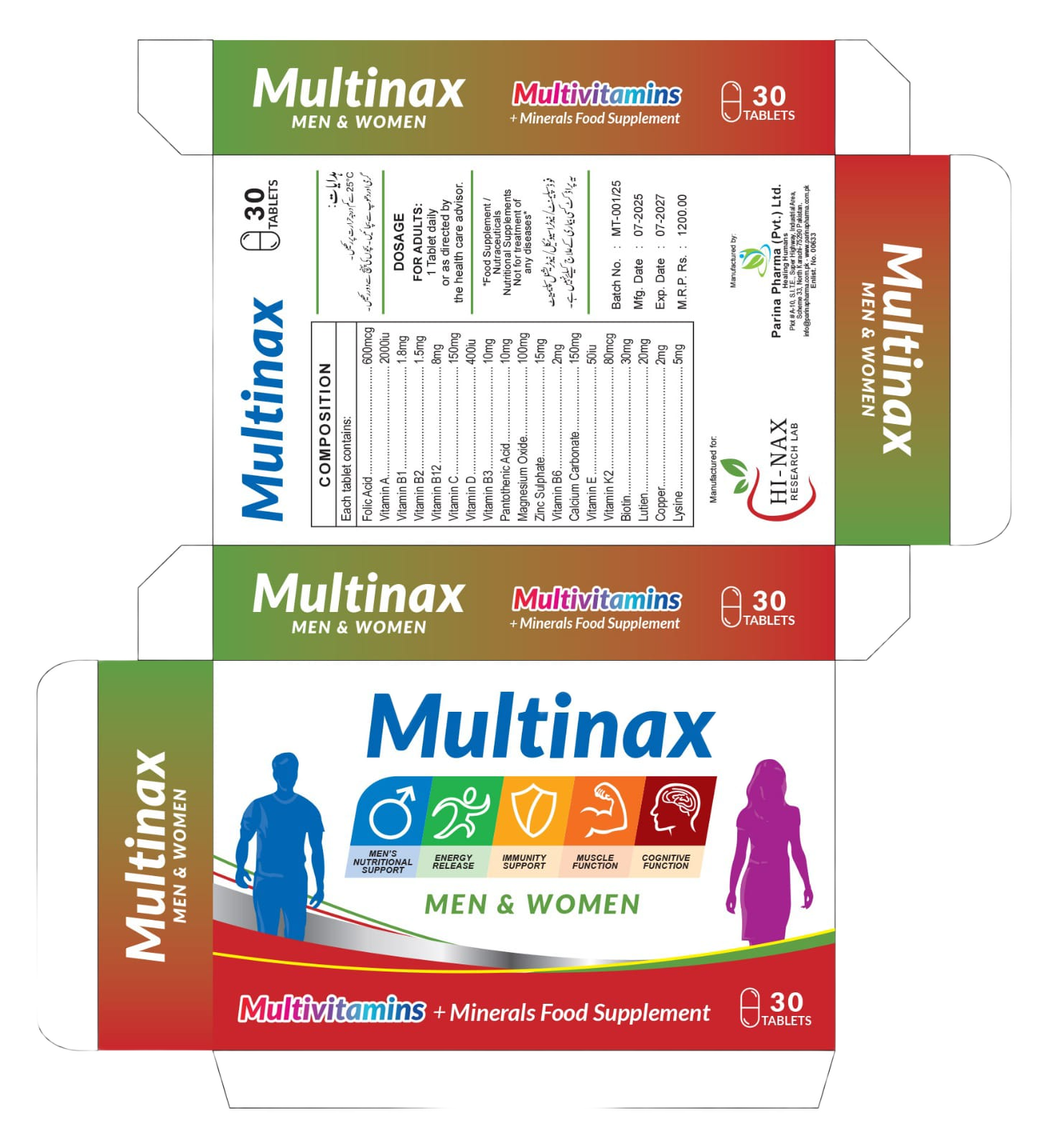
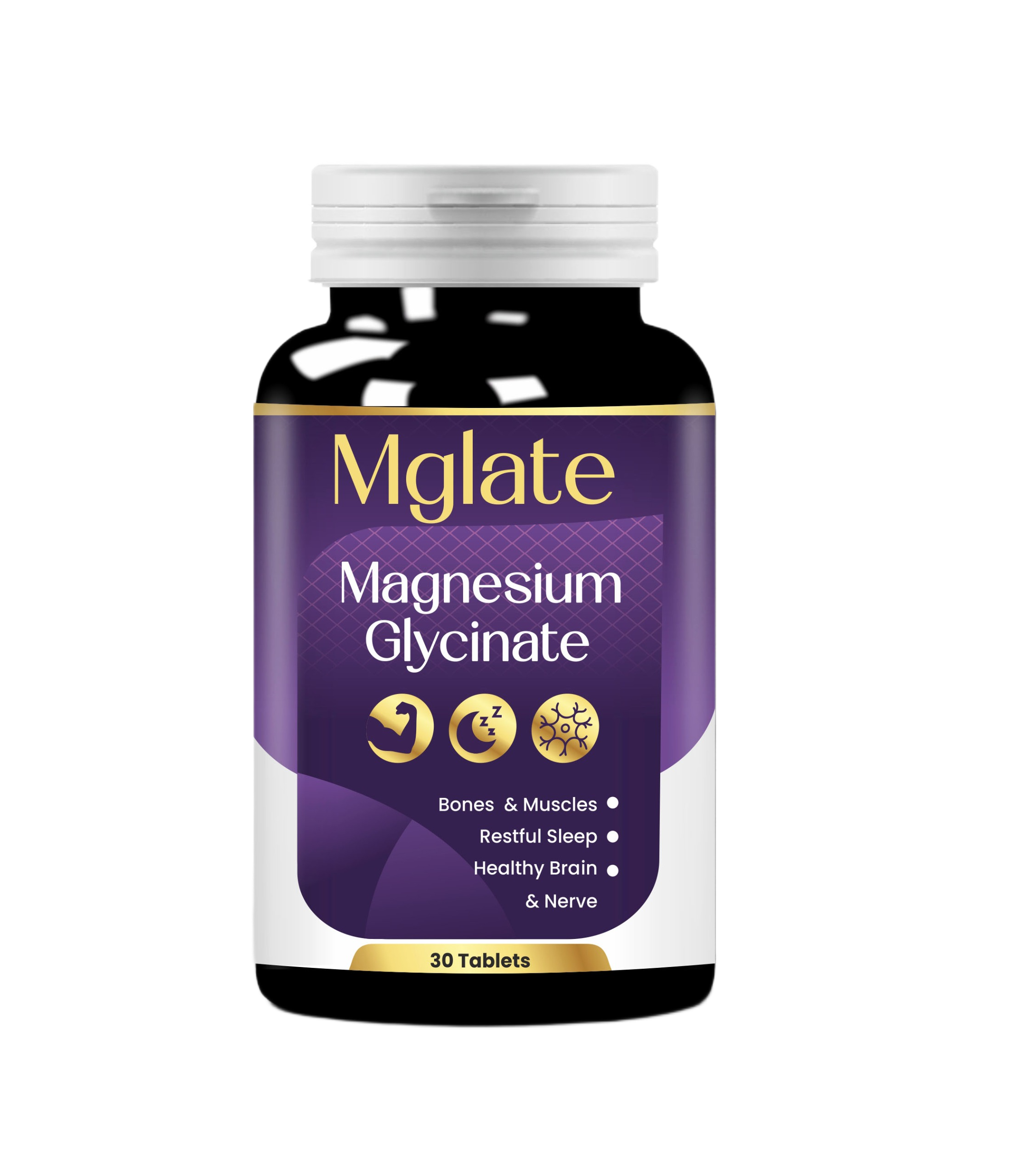
About Hinax
Welcome to Hinax Research lab, your trusted partner in the world of surgical excellence. With a steadfast commitment to precision, quality and innovation, we have been providing healthcare professionals with the finest surgicaland Medical Equipments for 6 years.
We deal in all kinds of Surgical, Medical, Aesthetic Equipment's, Nutraceutical And Pharmaceutical Products.




.. Hinax - Research Lab ..
Why Hinax - Research Lab
- We are committed to providing the highest quality surgical items designed to meet the demanding standards of healthcare professionals. Our products are sourced from trusted manufacturers and undergo strict quality control to ensure precision, durability, and reliability. We understand the critical importance of safety in surgical procedures, which is why our items are rigorously tested and compliant with industry regulations.
“Surgical and medical items are essential tools in healthcare, designed to ensure precision, safety, and efficiency in medical procedures. High-quality instruments are critical for successful surgeries, accurate diagnoses, and effective treatment plans. These items must adhere to strict standards to maintain patient safety and improve clinical outcomes. Regular innovations continue to enhance their functionality and reliability in modern medical practices.”

Usman Memorial Hospital
“Surgical and medical items play a vital role in healthcare, providing the necessary tools to perform complex medical procedures with precision and accuracy. From scalpels and forceps to diagnostic devices and protective gear, each instrument is designed to meet specific needs within the medical field. The quality and functionality of these items are essential in ensuring successful outcomes for patients, as they support doctors and healthcare providers in delivering effective care.”
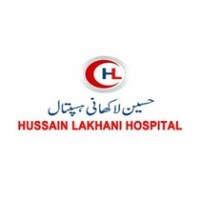
Hussain Lakhani Hospital
“To maintain high standards, surgical and medical items must undergo rigorous testing and comply with stringent regulations. Manufacturers focus on producing durable, sterile, and reliable instruments that can withstand the challenges of demanding medical environments. This commitment to quality is critical for preventing complications, ensuring patient safety, and facilitating smooth operations, whether in the operating room, clinic, or during diagnostic procedures.”

City Lab
“As medical technology continues to evolve, surgical and medical items are also advancing. Innovation in materials, design, and functionality is constantly improving the effectiveness and efficiency of healthcare practices. New tools are being developed with enhanced features, such as minimally invasive techniques, that reduce recovery times and improve patient comfort. These ongoing improvements help to address the ever-changing needs of healthcare providers and contribute to better overall patient care and outcomes.”

Advance Lab
“The increasing demand for surgical and medical items also highlights the importance of proper maintenance and sterilization to ensure their continued effectiveness and safety. Medical institutions must invest in regular inspections, cleaning, and proper storage practices to avoid contamination and malfunction. This attention to detail not only extends the lifespan of medical tools but also safeguards patient health by minimizing the risk of infections or complications during procedures. As healthcare practices evolve, maintaining the highest standards for both the equipment and the care surrounding it remains critical to achieving optimal patient outcomes.”










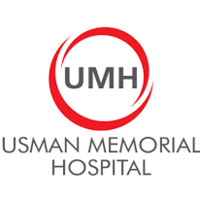

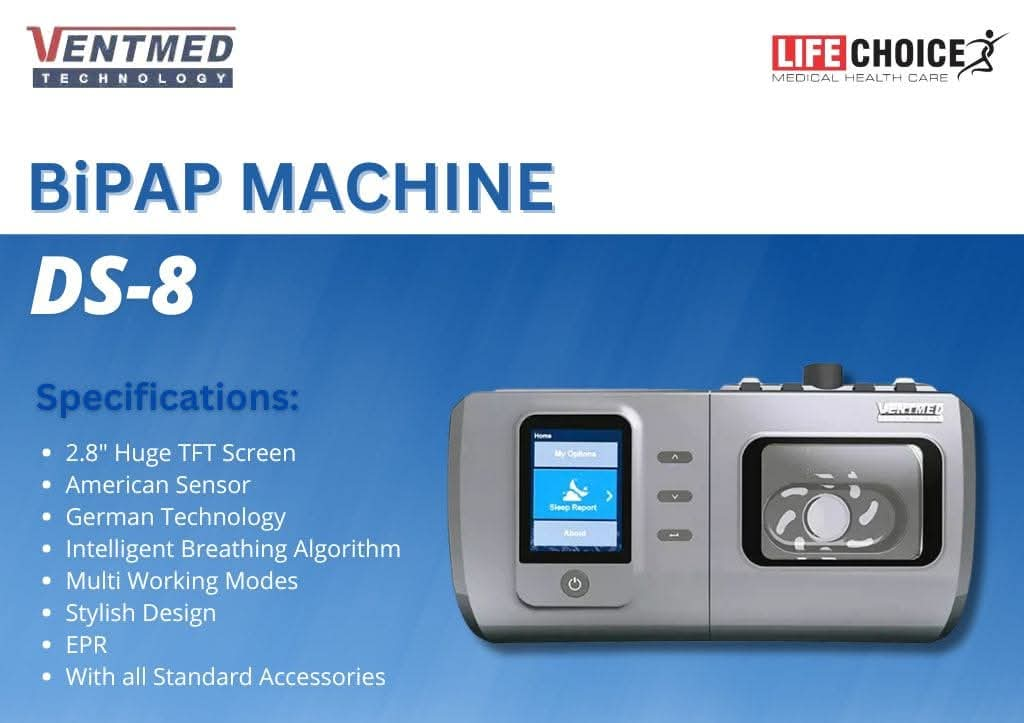
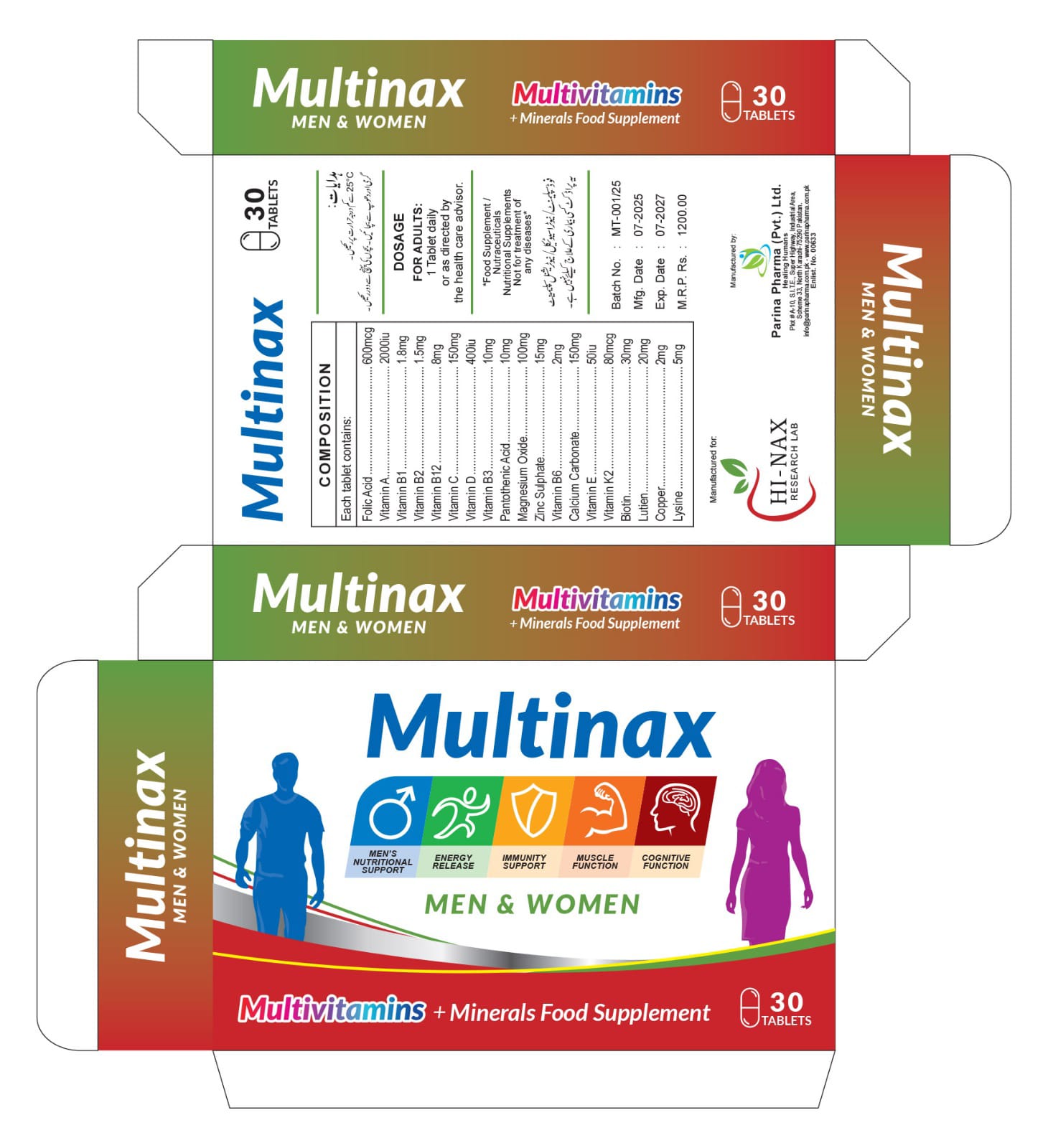

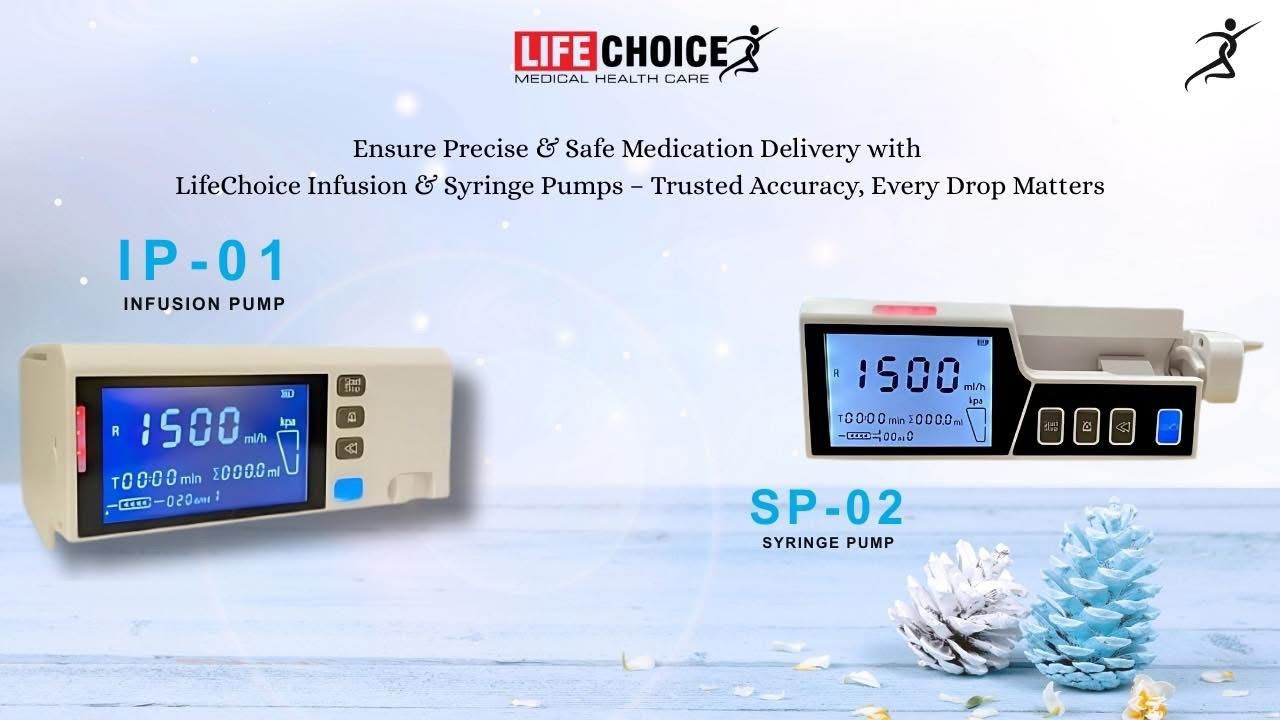
.jpg)

